This academic Tabriz rug, in zaronim format, features a traditional and timeless medallion design. Four spandrels and intricately worked borders frame the field, which includes a multitude of flowers and botehs**. A great deal of skill is evident in the creation of this luminous Tabriz rug.
Located in Iranian Azerbaijan, in northwestern Iran, the city of Tabriz dates back to 791 AD. It gained importance from the 10th century onward due to its climate and strategic location. The main seat of the Seljuks (a tribe from what is now eastern Turkey) in the 11th century, Tabriz was later chosen as the capital by the Mongols. Art and culture flourished in Tabriz: a library, a school of painting, and more. In 1392, Timur (Tamerlane) conquered Tabriz. Over the decades and through numerous changes, the city of Tabriz became a magnificent city.
In 1502, Ismail I, founder of the Safavid dynasty (1502-1736), made Tabriz his capital. The art of carpet weaving in Tabriz dates back to ancient times and developed over the centuries. The finest and most significant academic achievements date from the reign of Shah Abbas (1588-1629) and were produced in the cities of Kashan, Kerman, Mashhad, Isfahan, and Tabriz. From the late 19th century until the 1930s, European companies established themselves in Tabriz, attracted by the skill and reputation of Tabriz's weavers.
* Kurk wool: fine lamb's wool obtained by combing. Strong and durable wool.
** Boteh: An ancient motif with various meanings. It can represent Zoroaster's transformation into a cypress tree, a symbol of eternity, but also into a drop of water, a palm tree, or a tree. The term boteh means "flowering bush" in Persian. There is a similarity with yin and yang.
Free Chronopost delivery for France and Europe. Feel free to contact us by phone or email. (We ship our rugs and kilims via Chronopost or Colissimo, at our expense (up to 30 kg) in mainland France and Europe).



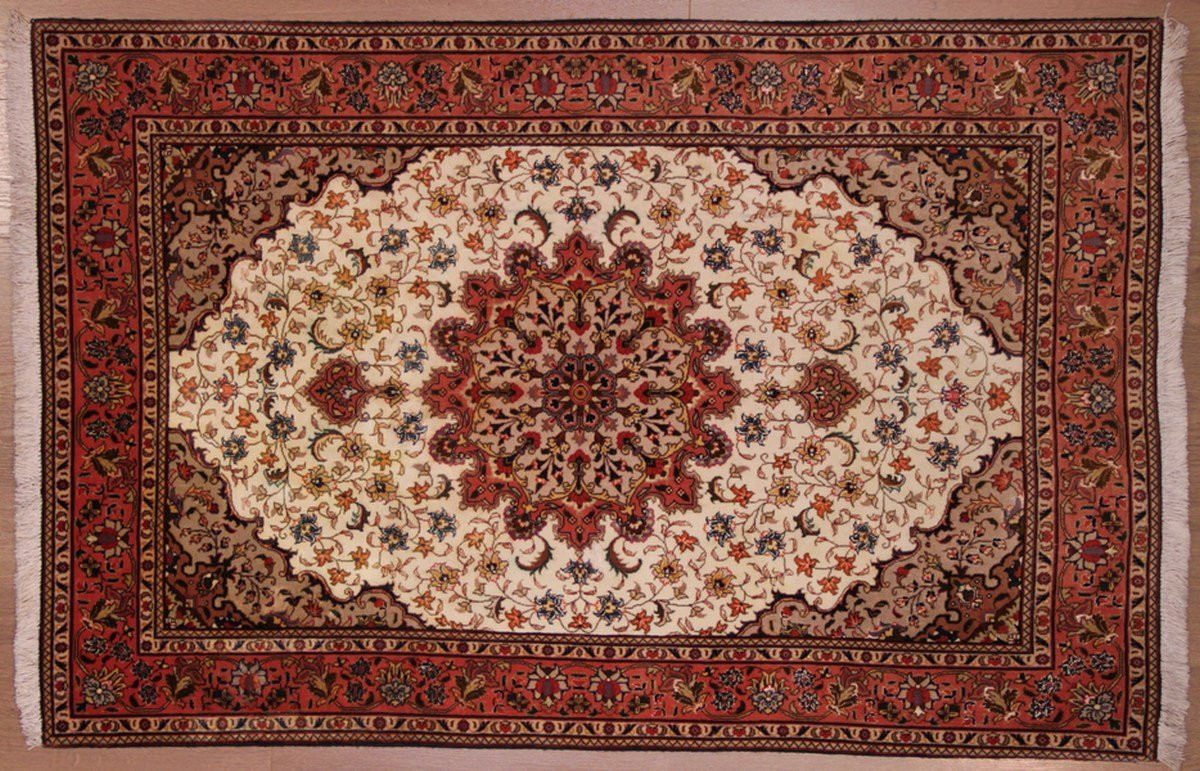
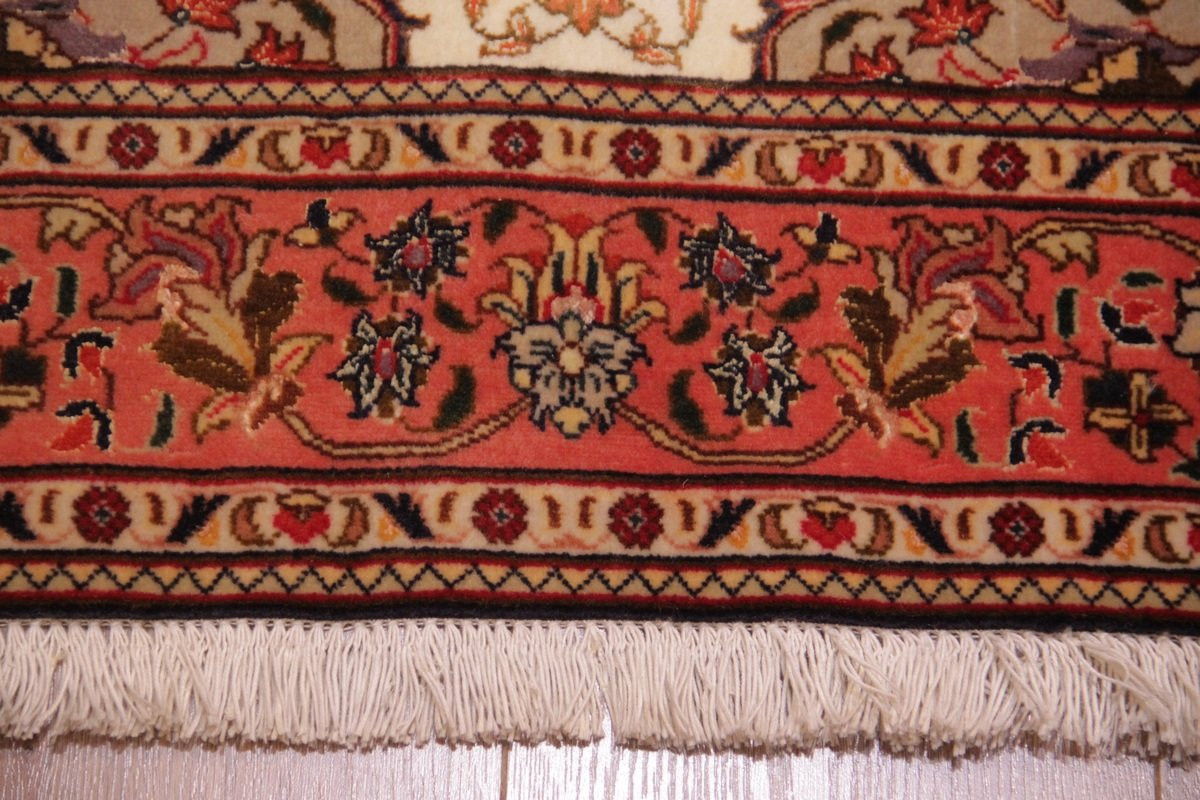
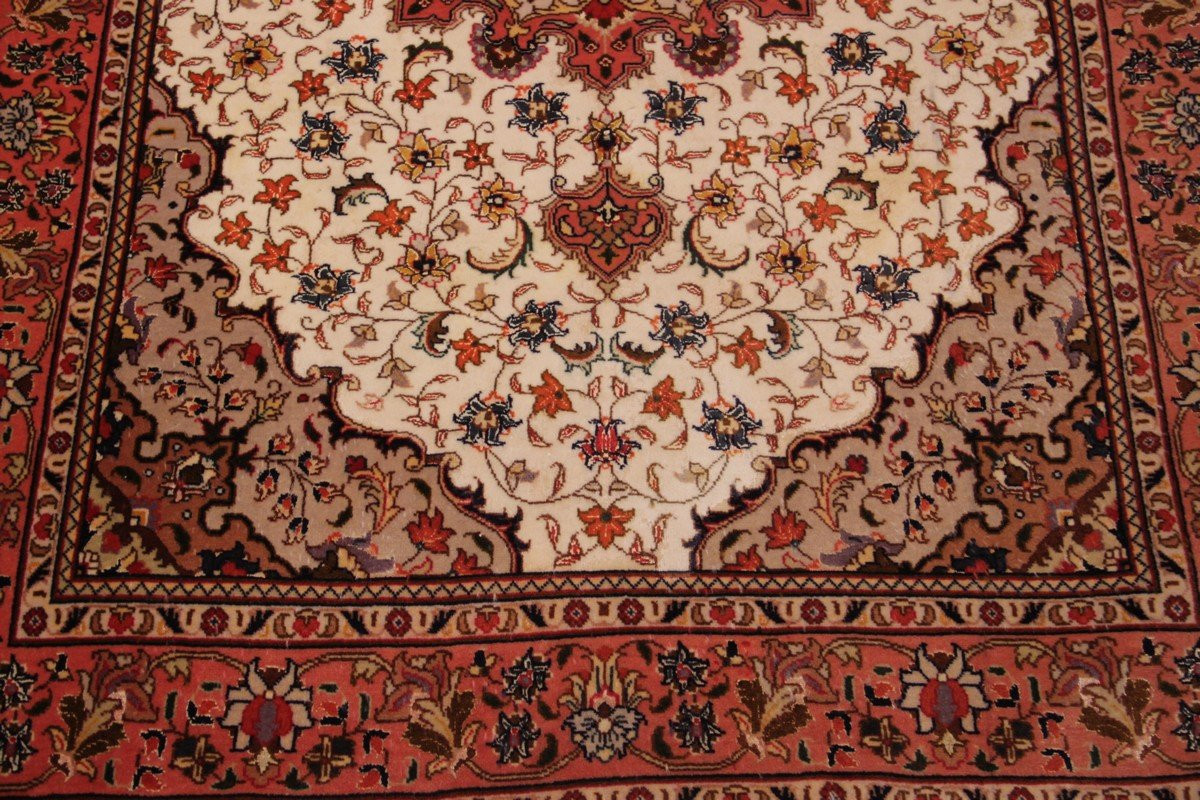


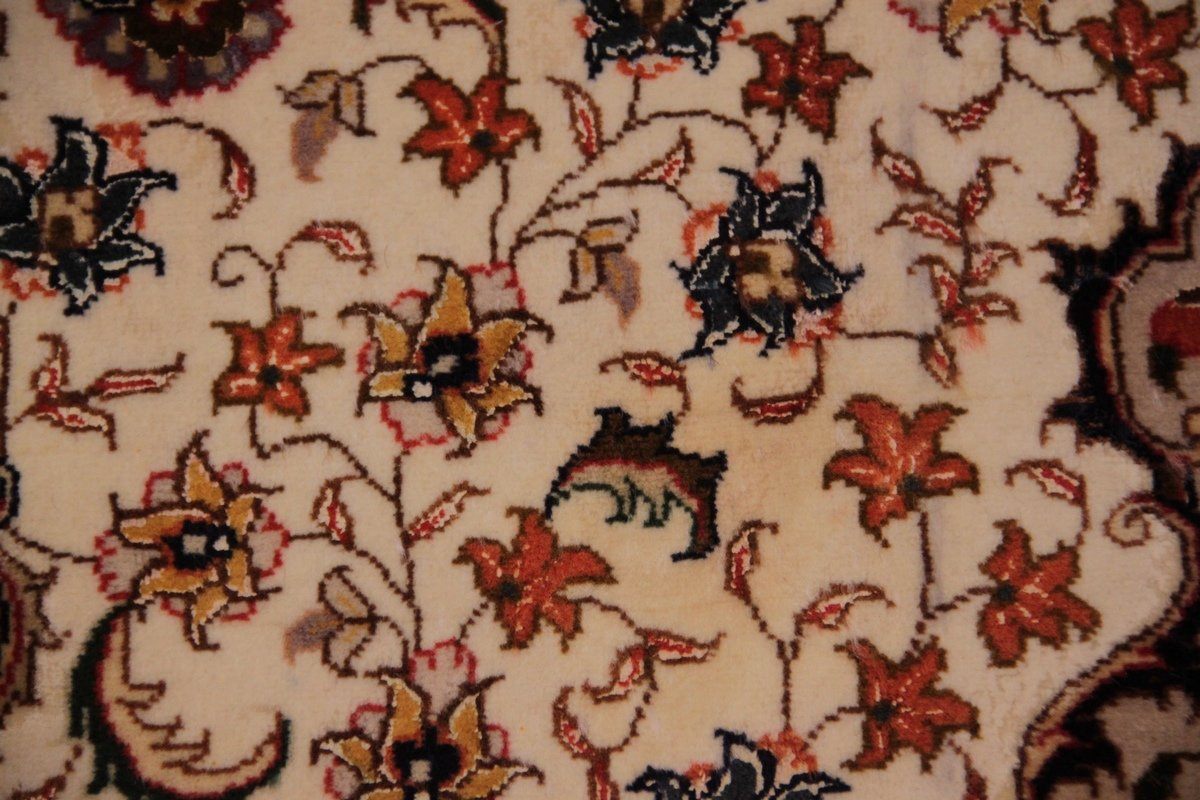


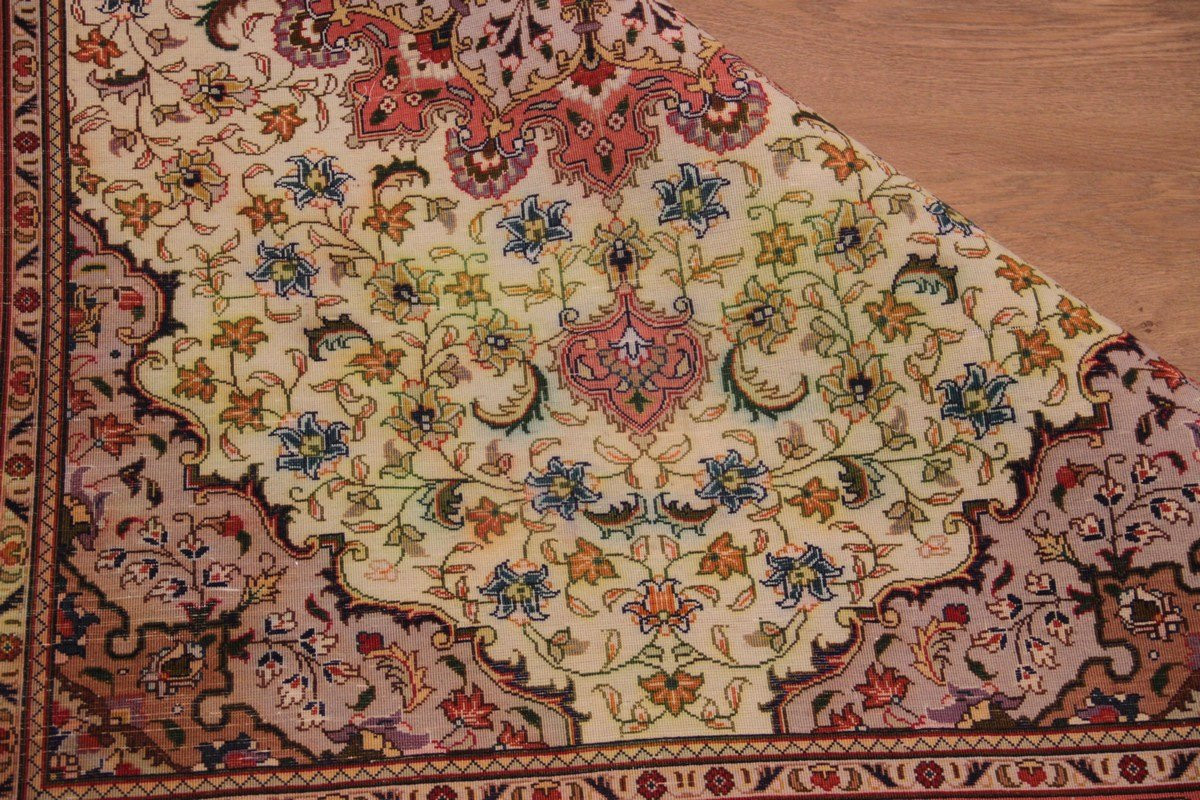

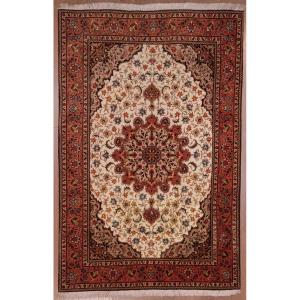
















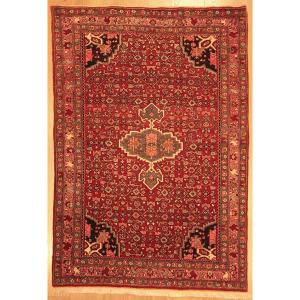





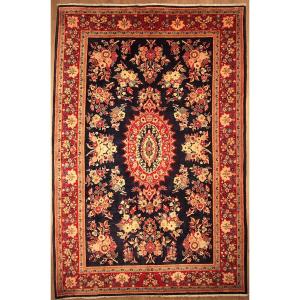


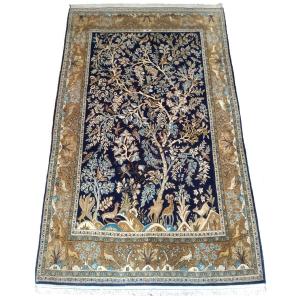

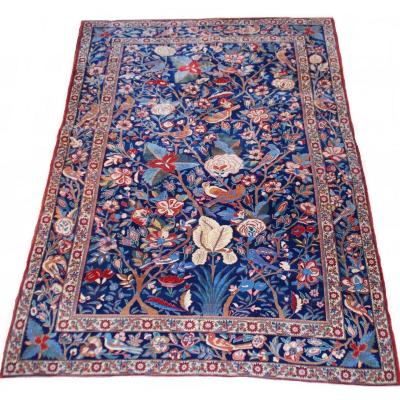

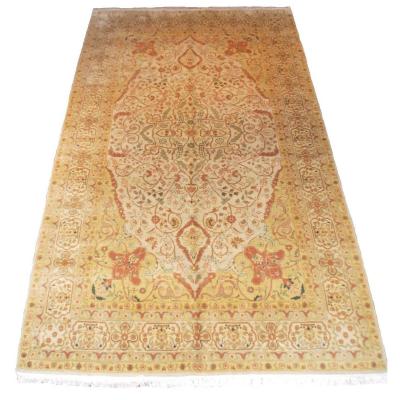



 Le Magazine de PROANTIC
Le Magazine de PROANTIC TRÉSORS Magazine
TRÉSORS Magazine Rivista Artiquariato
Rivista Artiquariato